by Coach Aaron Hyatt
There are three ways to approach goal-setting. First, the goal must be concise and specific. For example, “I want to complete 50 kipping pull-ups in a single set.” Second, the goal must be expressed in the positive tense. Such as, “I want to safely perform a free standing handstand hold.”vs. “I don’t want to fall while trying a free standing handstand hold.” Lastly, the goal must include a time frame that is challenging yet realistic and achievable.

A goal must be specific.
Before an athlete can go down the path to achievement, the athlete must understand the desired end state. The more focused the definition, the more opportunity there is for precise planning, preparation and training. In addition, by specifically defining a goal, the athlete can evaluate with precision when the goal has been met.
A goal must be expressed by the athlete in the positive tense.
In order to maximize human athletic potential and harmonize the mind-body connection, athletes must realize the significance and power of positive expression. The conscious and subconscious brain will either promote or inhibit athletic perfor- mance. If an athlete tells themselves consciously, “I don’t want to fall in the handstand,” their subconscious brain in fact hears, “I want to fall in the handstand.” This is because the subconscious does not hear the negative tense. By telling yourself what you don’t want to manifest, you actually create a blueprint for exactly what you intend to avoid. The key lesson for athletes, therefore, is to keep in a constant state of positive affirmation of the goal’s desired end state.
A goal must include a timeframe that is challenging, yet realistic and achievable.
The final point is perhaps the most important but least understood: a goal must contain a timeframe that is realistic and achievable, while at the same time providing the athlete with a certain amount of challenge and motivation. A goal set too far in the future will lack the urgency and fail to create the internal desire needed for accomplishment. On the other hand, too short a time frame may lead to discouragement and despair.
When deciding upon the time frame for a goal, a certain degree of self-assessment on the part of the athlete must take place. For example, if an athlete states that their goal is to perform a single set of 50 pull-ups in three months, they must realistically ask how many consecutive pull-ups they can currently complete. How specifically the athlete can answer that question will help in determining the best approach to supporting the achievement of the goal. If the athlete responds, “I’m not sure how many pull-ups I can do right now,” we need to find out immediately! The approach that should be taken to setting a time frame for completing 50 consecutive pull-ups will vary greatly if the athlete has five pull-ups as compared to 45 pull-ups.
When the lesson of goal setting is implemented by the Athlete, an exciting and rewarding journey suddenly awaits the five-pull-up athlete whose goal is to achieve 50 pull-ups: he or she has an opportunity to set and reach several smaller and more immediate goals along the way! These mini-triumphs will reaffirm to the athlete their ability to succeed and provide them with motivation and confidence. Remember, well before an athlete can reach 50 pull-ups, they must first reach 10, then 15 and then 20 pull-ups. Each of these seemingly small increments can in fact become a huge milestone and a chance for the athlete to say, “I can achieve that which I set my mind to.”
Athletes can use this advice to set goals that are concise and specific, expressed in the positive tense, and have a set time frame. This will help athlete stay motivated and achieving milestones well into the new year.
